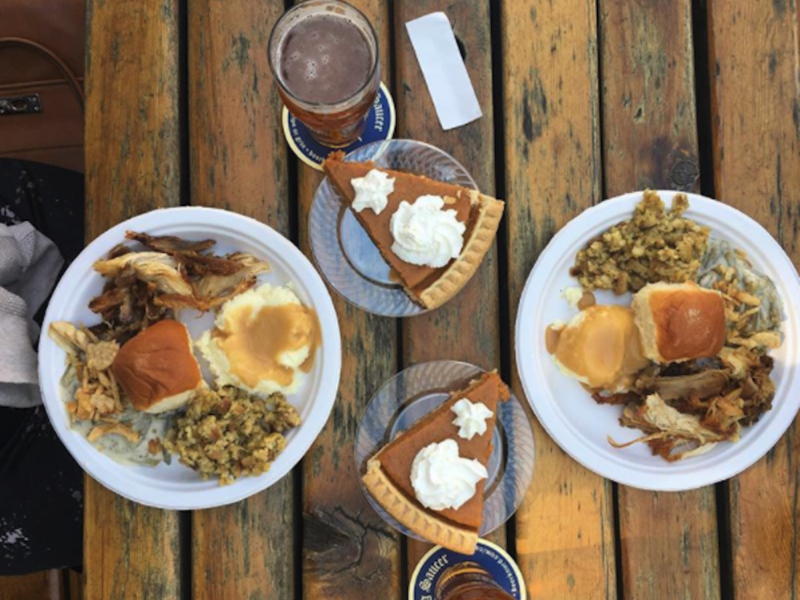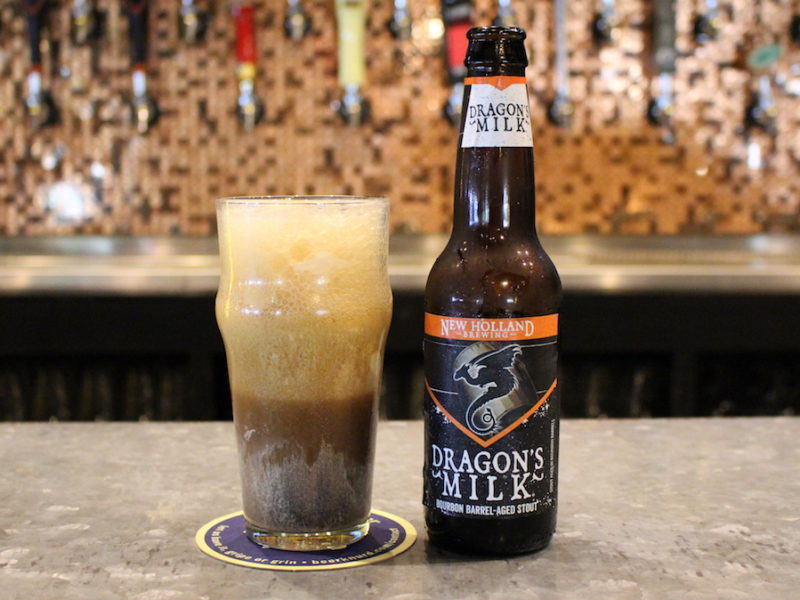Beer purists of yesteryear—and anyone who subscribes to “man laws”—would probably have turned their noses up at the idea of mixing and diluting perfectly good beer. That’s why we have the Reinheitsgebot. But rules are made to be broken, right?
Enter shandy, also known as radler. So what’s the difference? History, really. Though we can all agree that both terms refer to a beer mixed with some sort of citrus beverage.
According to the German Beer Institute, radler was first seen in 1922, when a Bavarian tavern owner named Franz Xaver Kugler realized he didn’t have enough beer to satisfy an unexpected influx of about 13,000 thirsty cyclists. Rather than let them leave parched, he mixed his beer with some clear lemon soda he had laying around, and voila! Because this new beer cocktail was naturally lower in alcohol, he told the customers he’d concocted it especially for them so that they could ride home without falling off their bikes. He named it Radlermass (or “cyclist’s liter,” in German) and the rest is history.
If this beverage sounds familiar, that’s because it is. Outside Germany, this drink is usually called a shandy, and it actually predates Kugler’s near-crisis. Back in the 1850s, the British were serving up shandy gaff, a beer mixed with ginger ale. These days, shandy generally refers to a refreshing blonde lager (like Helles or Pilsner) blended 50-50 with ginger ale, ginger beer, apple juice, grapefruit juice, orange juice, lemonade or lemon-lime soda. It should be light-bodied, sweet, crisp and always refreshing. In other words, the perfect beverage for sipping during the dog days of summer.
The beauty of shandies and radlers is that they’re easier than ever to find commercially and easier than ever to make yourself. Some of our favorite pro examples include Stiegl Radler Grapefruit, made in Austria, and Krombacher Radler from Germany. Homegrown examples include Boulevard’s Ginger-Lemon Radler and Leinenkugel’s ever-popular Summer Shandy, which hit shelves back in 2007 when most U.S. drinkers weren’t particularly comfortable with adulterating their brew. Leinenkugel also offers a few other shandy options you should check out.
“There are a few beer purists out there who haven’t embraced the style,” says Boulevard’s Ambassador Brewer Jeremy Danner, “but for the most part, we’ve seen little to no objections surrounding our Ginger-Lemon Radler.”
In this case, the biggest obstacle may not be flavor but perception. To some craft beer drinkers, for example, this style is a way to “dumb down” beer for mass markets—which is exactly what the industry intended to break free of. The low alcohol content may also turn some drinkers off, but one need only taste a 3% ABV Berliner Weisse to know that argument is silly.
So tell us. How do you feel about the style?








